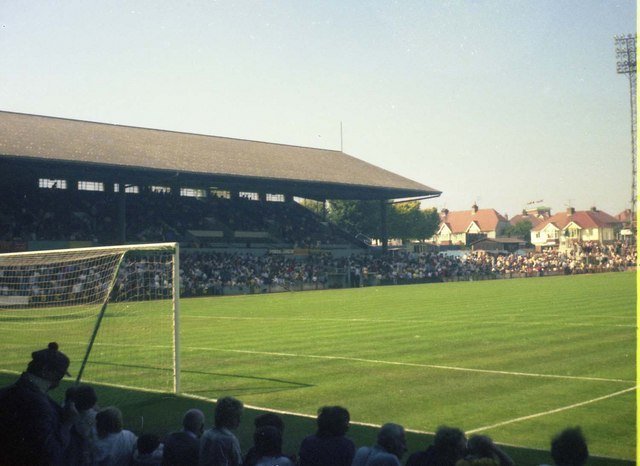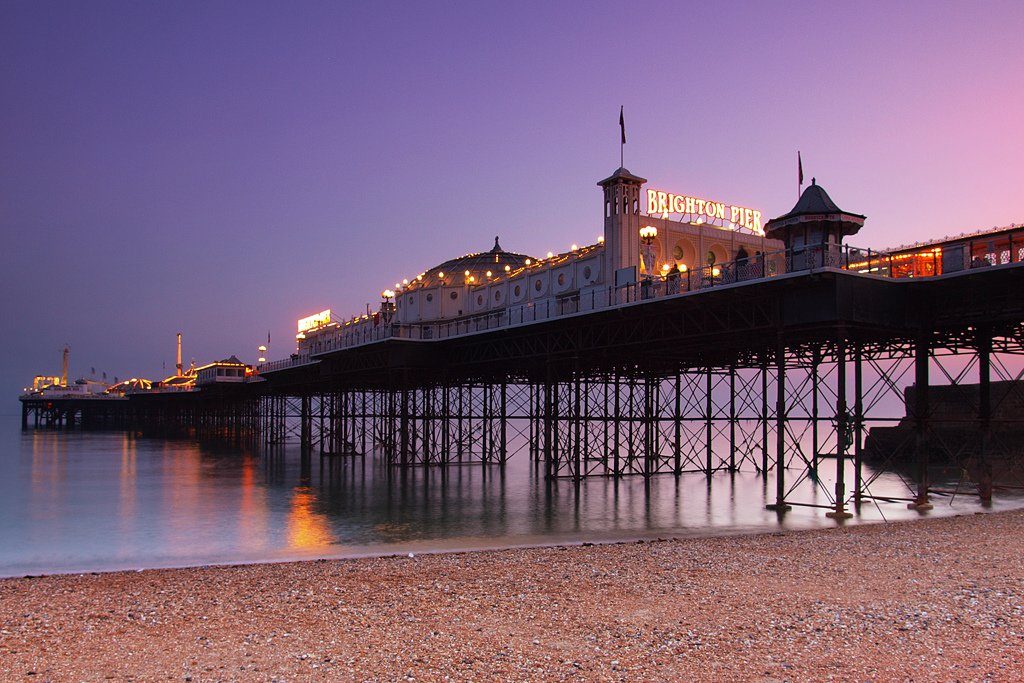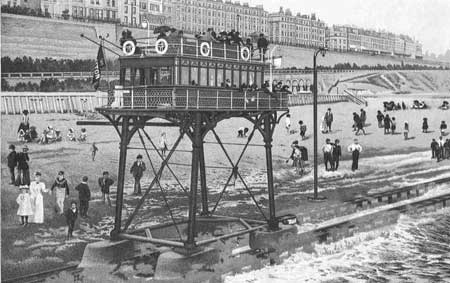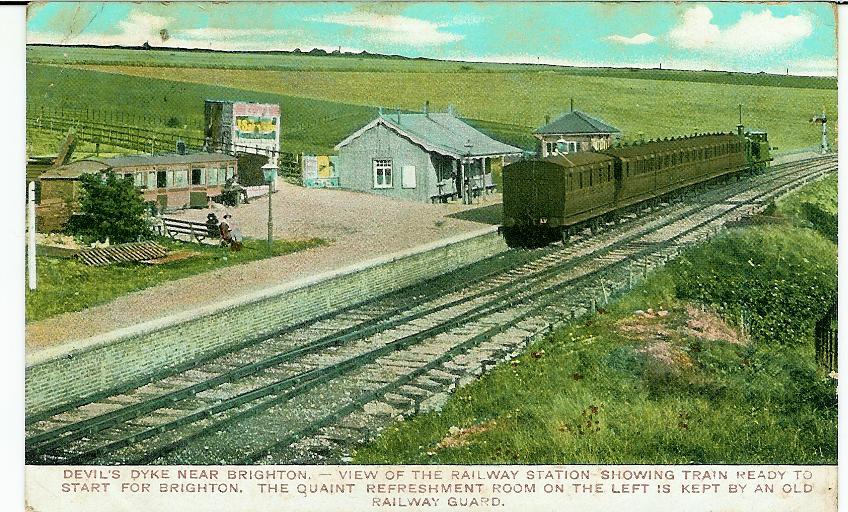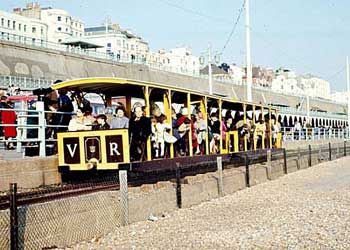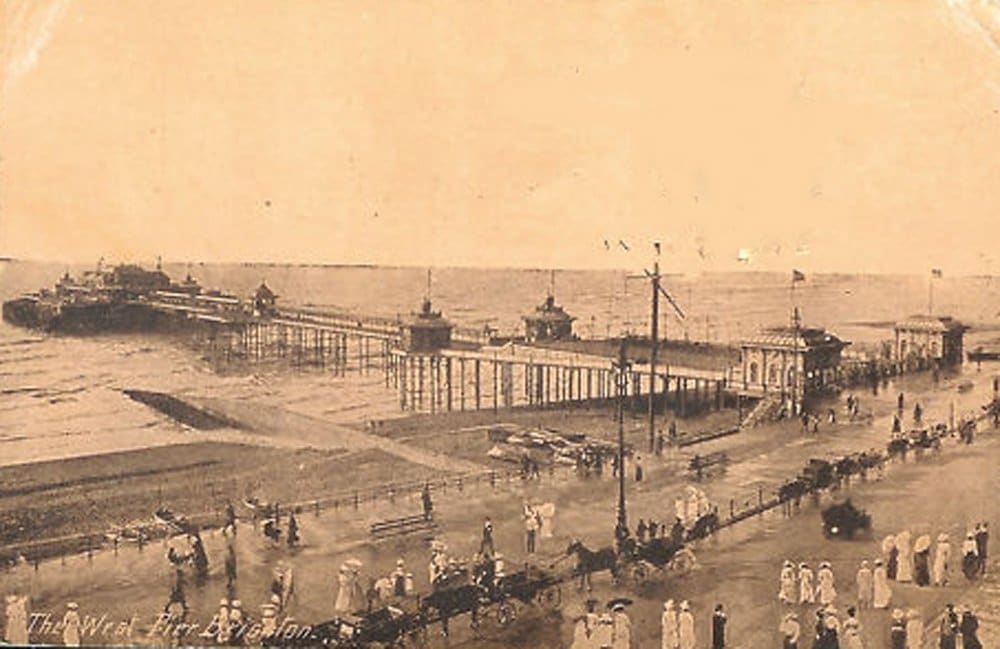Goldstone football ground, becomes the home of Brighton & Hove Albion
Brighton and Hove Albion were playing at the nearby County Cricket Ground, and as their pitch was unavailable, they approached Hove FC to use the Goldstone and went on to defeat Southampton Wanderers 7-1 in a friendly on the 22nd of February 1902. The Hove FC committee realised that gate
Brighton population 123,478
Brighton’s population (not including Hove) reaches 123,478. According to the Registrar General’s annual figures, which are based on births and deaths, the peak population of Brighton was 164,680, attained in 1968.
Brighton Marine and Palace Pier
At 1,722ft long, Brighton Marine Palace and Pier opened in 1899 is generally known as the Palace Pier for short, but has been informally renamed Brighton Pier since 2000 by its owners, the Noble Organisation, as it is now Brighton’s only non-derelict pier, a term not recognised by the Piers
The Brighton and Rottingdean Seashore Electric Railway
The Brighton and Rottingdean Seashore Electric Railway was a unique coastline railway in Brighton, England that ran through the shallow coastal waters of the English Channel between 1896 and 1901
Chain Pier destroyed by storm
The Chain Pier, already closed and decrepit by this point, was destroyed by a storm on 4 December 1896. The remains of some of the pier’s oak piles, sunk ten feet into bedrock, can still be seen at the most extreme low tides. Masonry blocks can also be seen. The entrance
The Dyke railway station opened
The Dyke Station opened as the terminus for the standard gauge railway line which ran from Dyke Junction Station (now known as Aldrington railway station) to 200 feet below the summit of Devil’s Dyke.
Brighton Aquarium and Dolphinarium (The Sea Life Centre)
Brighton Aquarium was the brainchild of Eugenius Birch, the famous pier engineer and designer of Brighton’s West Pier, who conceived the idea following a visit to Boulogne Aquarium. Erected on the approach roadway to the Chain Pier, the Aquarium necessitated the construction of a new sea-wall and promenade, the Madeira
The Dome Concert Hall opens
The Brighton Dome is an arts venue in Brighton, England, that contains the Concert Hall, the Corn Exchange and the Studio Theatre. Formerly the Prince Regent’s stables, The Dome was converted to a concert and assembly hall, fit to hold 2,500 people on 24 June 1867. Did you know? Pink

